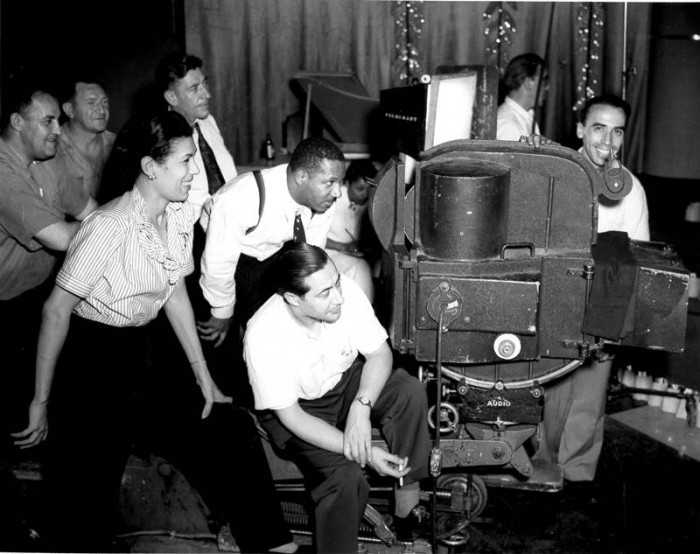
History Curator Tiffini Bowers and other officials at the California African American Museum are inviting the public to two exhibits that will be on display until winter of 2016. “Coloring Independently”, and “Toward Freedom” have been open since August and October respectively and have both been well received by the community so far. The curators hope that they will be able to share the gems with many more patrons before they are gone.
“Coloring Independently is a must see for anyone interested in film, music and the creative evolution of entertainment culture in the United States,” said Bowers.
“Coloring” features over 80 film stills and related photographs from the 1940s “race film” era when blacks faced limited access to mainstream Hollywood. Upon entry, viewers are presented with a painted timeline displaying the concurrence of black film projects with some of America’s most significant historical events. From there the display delves into subjects like the controversial “Stepin Fetchit” character played by actor Lincoln Perry and the cultural impact of pioneer race film producer Oscar Micheaux.
Rounding out the exhibit is an actual 1940s era film camera and equipment display and a screen room where viewers can choose from 10 films to watch.
“These distinct images and stories told more than 65 years ago provide an enriching and insightful experience for all ages,” Bowers said.
Meanwhile, “Toward Freedom”, a photo exhibition of the Beta Israel community in Israel and the Ethiopian community in Los Angeles by Irene Fertik displays a decade worth of images of the two groups’ history and culture. With her work, Fertik aims to illustrate the challenges of assimilation.

“Known as the Beta Israel, Ethiopian Jewish communities inhabited isolated mountain villages in northern Ethiopia (especially Gondor and Tigray provinces) since around 1400 A.D. Beginning in 1980, however, the Israeli government conducted two large-scale resettlements of the Beta Israel: Operation Moses (1980-84) and Operation Solomon (1991),” explains CAAM about the exhibit.
“With whole communities migrating to their new homeland, Fertik, who first traveled to Israel in 1992, had wondered if, ‘Israelis would be any more welcoming, as a nation, than any other country in the world, to Africans settling in their midst?’ As part of her research, Fertik began engaging with the growing Ethiopian community in Los Angeles, immersing herself in its culture and traditions, stating, ‘To know it (Ethiopian culture) is to greatly admire it.’”
CAAM exhibitions and events are free and open to the public. CAAM is located at 600 State Drive, Exposition Park. Parking is $10 and located at 39th and Figueroa Streets. Take Los Angeles Metro’s Expo Line and exit the Expo Park/USC station. For more information on CAAM visit www.caamuseum.org or call 213.744.7432.



